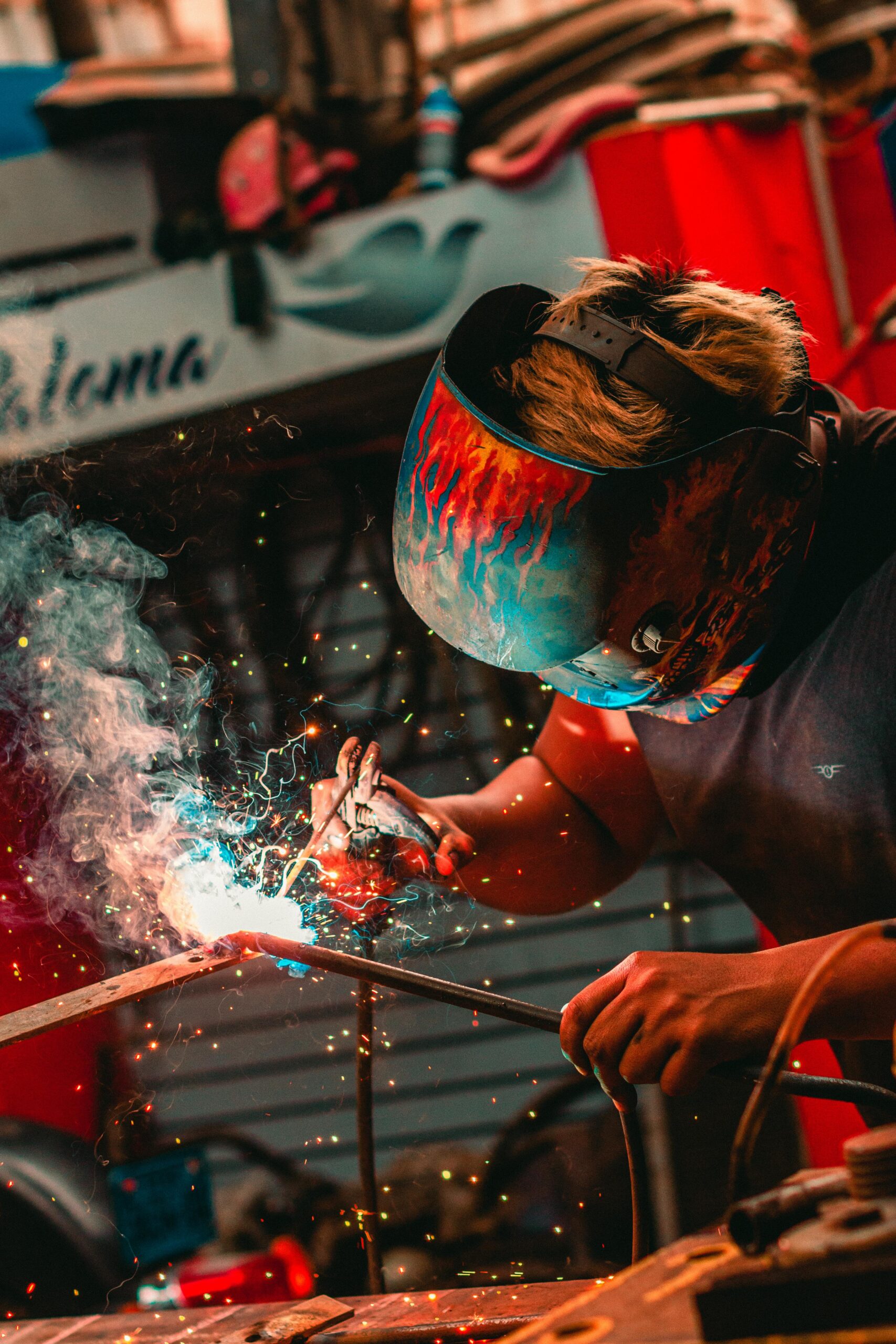Brass welding and efficient welding techniques play an important role in modern industry. Brass, which is an alloy of zinc and copper, is very popular due to its unique properties. However, welding brass requires a special approach and attention to detail.
The main stages of brass welding:
1. Preparation of parts:
Check the thickness of the elements and warm them up accordingly where necessary.
Ensure that the working edges are properly deburred and oxide deposits are removed to prevent defects.
2. Select the welding method:
Consider using electric arc welding with butt fusion for high productivity.
Use argon welding for parts with a thickness of 5 mm or more.
Consider gas flame welding with a gas torch for certain applications.
3. Features of different methods:
The electric arc method using brass electrodes ensures the seam is stable and strong.
The argon method in an inert environment avoids the formation of an oxide film and ensures an aesthetic appearance of the weld.
The gas welding method can be used in cases where other methods are not possible.
4. Important tips for welding brass:
Warm up thick parts in advance to prevent warping.
Create the weld from the bottom up with a uniform melt flow.
Ensure adequate ventilation and wear personal protective equipment due to the release of zinc during welding.
Conclusion:
By following these recommendations, you will be able to weld brass efficiently using various methods and ensure a high quality joint. Remember the importance of proper preparation and careful selection of the method for each specific application.

